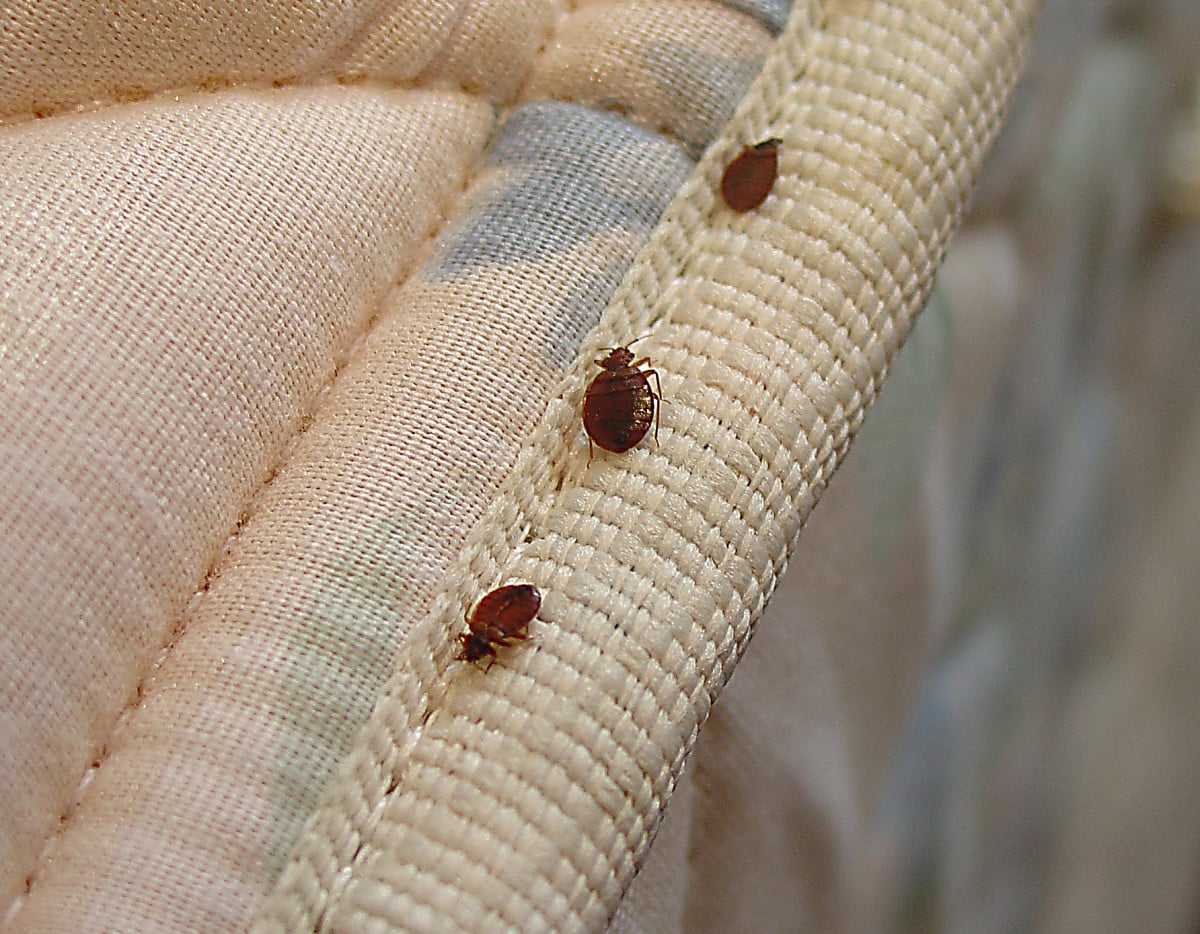Summer brings longer days, vacations, and increased travel, but it also marks the peak season for bed bugs. These pests thrive when people are on the move, hitching rides in luggage, clothing, and furniture. Their resilience and ability to spread quietly make them one of the most challenging pests to manage. For homeowners and travelers alike, understanding bed bug behavior and knowing how to spot early warning signs are essential parts of prevention.
Bed bugs are not limited to dirty or neglected places; they are found in homes, hotels, dormitories, and even public transportation. Their adaptability allows them to survive in many environments, making summer the ideal time for infestations to grow. A practical awareness guide helps people reduce risks, protect belongings, and respond effectively if they encounter these pests during the warmer months.
Why Bed Bugs Are More Active in Summer
There are several reasons why infestations are more common during summer. Warmer temperatures accelerate their development, allowing bed bugs to reproduce more quickly. With higher reproductive rates, colonies can grow faster, and infestations become established in a shorter period.
Another contributing factor is increased travel. Summer vacations, student moves, and family gatherings all create opportunities for bed bugs to spread from one location to another. Their small size and ability to hide in fabric seams make them nearly impossible to detect during casual inspection. This is why infestations often go unnoticed until they have become widespread. For travelers, reviewing travel tips can help minimize the chances of bringing bed bugs home after trips.
Signs of a Bed Bug Infestation
Being able to identify early signs of bed bugs is crucial. The sooner they are detected, the easier it is to manage the problem before it grows.
- Bite marks: Small, red welts often appear in clusters or lines on the skin, typically after sleeping.
- Dark stains: Spots of dried blood or fecal matter are often visible on sheets, mattresses, or upholstery.
- Eggs and shells: Tiny white eggs or shed skins left behind during growth cycles may be found in hidden areas.
- Musty odor: A sweet, musty smell is sometimes present in rooms with large infestations.
- Visible bugs: Adult bed bugs are reddish-brown, about the size of an apple seed, and can be spotted in mattress seams or cracks.
These indicators should never be ignored. While not all bites or stains are caused by bed bugs, the presence of multiple signs strongly suggests an active infestation.
Preventing Infestations During Summer
Preventing bed bugs requires a proactive approach, particularly during peak travel and moving seasons. Simple measures can significantly reduce the risk of encountering them.
- Inspect accommodations: When traveling, check hotel beds, headboards, and upholstery for signs of bugs before settling in.
- Protect luggage: Keep bags elevated on racks and away from walls or upholstered furniture.
- Wash clothing promptly: After trips, wash and dry clothes on high heat to kill any potential hitchhikers.
- Monitor used items: Avoid bringing secondhand furniture or mattresses into the home without a thorough inspection.
- Regularly clean sleeping areas: Vacuuming and checking mattress seams help identify problems early.
These practices are especially important for families moving to new residences or students returning from dorms, where infestations can spread quickly.
Why Professional Help is Essential
Bed bugs are notoriously difficult to eliminate without professional intervention. Their ability to hide in tiny crevices, combined with resistance to many common treatments, makes eradication complicated. Home remedies and over-the-counter solutions may reduce visible activity but rarely address the entire colony.
Professional pest control specialists use a combination of techniques, including targeted heat and chemical treatments, to ensure infestations are thoroughly eliminated. They also help homeowners avoid spreading bed bugs further during the process. For example, moving items without proper precautions can unintentionally transfer pests to new areas. To learn more about this critical issue, our resource on avoiding the spread of bed bugs explains why proper handling is essential.
By relying on expert support, homeowners not only achieve more reliable results but also reduce the stress and disruption that infestations cause during the summer months.
Long-Term Awareness for Lasting Protection
Summer is a reminder that vigilance against bed bugs should not be seasonal but ongoing. Regular monitoring of sleeping areas, awareness during travel, and timely response to signs of infestations create stronger protection for households. Bed bugs can survive for months without feeding, meaning even a small overlooked population can return if not properly managed.
Awareness campaigns and professional inspections play a critical role in maintaining pest-free homes. For families, renters, and frequent travelers, building a habit of prevention reduces the likelihood of encountering bed bugs in the first place.
Take Action Before Summer Ends
Bed bugs are persistent, but awareness and quick response can keep them from disrupting your summer. If you suspect activity in your home or want expert guidance on prevention, reach out to Prevent Pests and secure peace of mind against these invasive pests.


